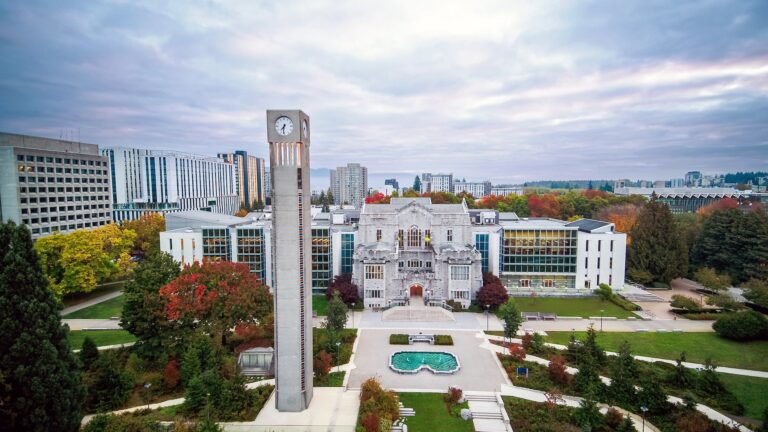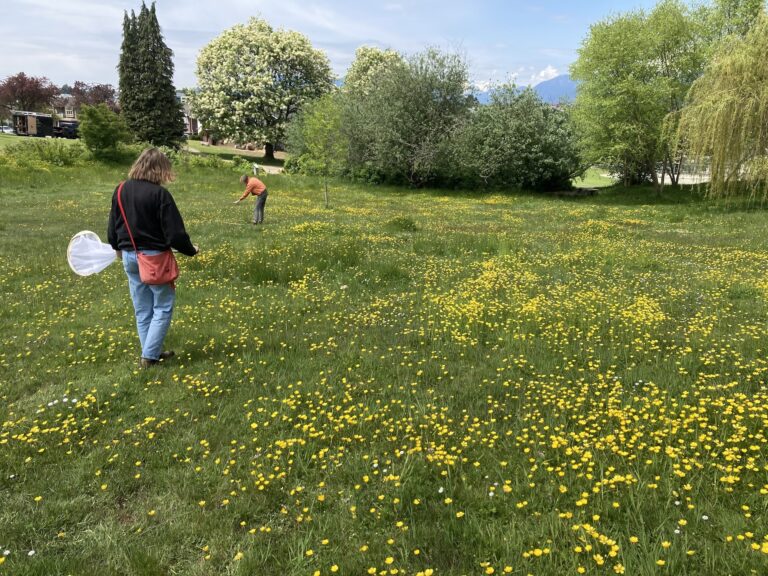Conserving nature can shield cities from floods
A UBC study finds that conserving just five per cent of watersheds (two per cent of Canada’s land) could shield more than half of urban floodplains, safeguarding millions.

Photo credit: Daniel Mirlea for Unsplash
Picture a forest meadow, a patch of wetland or a stretch of grassland. These quiet spaces, so often overlooked, could be the key to protecting Canada’s cities from floods. A UBC study finds that conserving just five per cent of watersheds (two per cent of Canada’s land) could shield more than half of urban floodplains, safeguarding millions.
Nature’s superpower
Study author and UBC forestry expert Dr. Matthew Mitchell calls this research the first of its kind in Canada to explore how ecosystems function as natural flood buffers.
When these areas are preserved, they absorb water, slow runoff and reduce the strain on flood defences. All of this could mean fewer dams, less infrastructure and fewer floods.
Where protection is most needed
From B.C.’s mountains to Ontario’s wetlands, the study highlights key regions where conservation could have the greatest impact. It underscores the important role ecosystems play in protecting urban populations, including 3.7 million people living in areas directly safeguarded by these ecosystems.
“Conserving nature isn’t just about biodiversity—it’s also about protecting communities and making cities more resilient to climate change,” said Dr. Mitchell.
Interview languages: English

Featured Researcher
Dr. Matthew Mitchell, BSc, MSc, PhD
Assistant Professor, Dept. of Forest Resources Management



